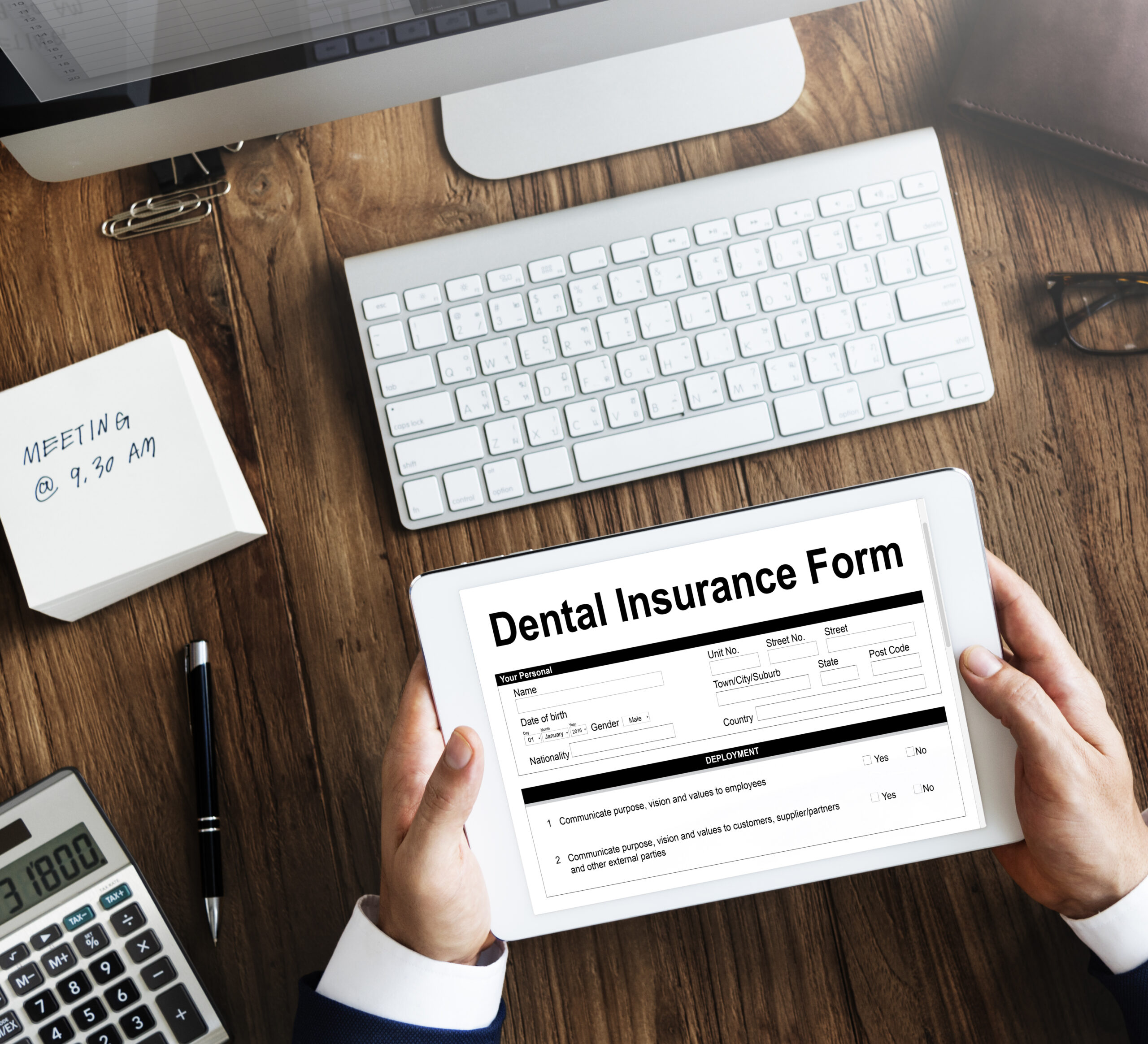Coverage Isn’t Access
The National Association of Dental Plans (NADP) reports that 88% of the U.S. population has some form of dental coverage – whether through employer sponsored plans, individual policies, or public benefits. While dental insurance is meant to offset the cost of care, the number one reason people report for not getting needed dental treatment is still cost. In other words, having dental coverage doesn’t always translate to receiving care. To illustrate: over a quarter of adults and more than one in ten children have untreated dental caries (tooth decay).
Children with public dental insurance (Medicaid or CHIP) 1 are guaranteed coverage, but dental services for adults are optional. States can choose whether or not to provide them. The map below shows how Medicaid coverage for adults varies widely by state.

Even in states that do offer adult dental benefits, several barriers prevent people from accessing care. These include dental workforce shortages and the limited number of providers who accept Medicaid. In short, having insurance is not the same as using it.
Data shows that:
- Nealy half of children covered by Medicaid or CHIP receive at least one dental service annually – which means over half don’t.
- Only one in five adults on Medicaid receive any dental care.
- Preventive care is even lower: fewer than half of children and about one in ten adults receive preventive dental services.
- Adults are more likely to receive treatment for dental issues than preventive care.
How Dental Insurance Really Works
Dental insurance plans usually include an annual maximum – a cap on how much the insurer will pay in a year. Once you hit that cap, you’re on the hook for the rest. Whether you pay all or share costs with coinsurance depends on your plan. Here’s the catch: annual maximums haven’t changed much in over 50 years, even though dental treatment costs have skyrocketed.
Compared to medical insurance, dental premium are low. The average policy with comprehensive coverage costs around $52/month. To keep premiums low, annual maximums also stay low – typically between $1,000 and $2,500. Unlike medical insurance, most dental plans don’t include an out-of-pocket maximum. Once you hit your cap, you’re paying 100%.
While many plans cover preventive care at 100% (checkups, cleanings, x-rays) coverage drops significantly for other procedures. For example:
- If your plan covers 50% of a crown and the crown costs $1,500, you’ll pay $750 out-of-pocket. If your annual maximum is $1,000 that crown alone nearly wipes out your coverage for the rest of the year. What if that crowned tooth also needs a root canal or you want to get your teeth cleaned? You guessed it, most or all of that is out-of-pocket.
Insurers justify low maximums by pointing to low utilization rates – only about 5% of insured patients reach their maximum benefits each year. They walk a tightrope: if premiums are too high compared to benefits received, people will just pay out of pocket. If maximums are too generous, insurer payouts become unsustainable. So they give just enough coverage to make a plan seem worthwhile.
Why Dentists Are Dropping PPO Plans
The first Preferred Provider Organization (PPO) plans promised savings by creating a network of providers willing to accept lower reimbursements in exchange for increased patient volume. These early PPOs were known for delivering higher-quality care at a lower cost.
Patients liked:
- More choice
- Flexibility to see any licensed dentist (with better coverage in-network)
- Protection from balance billing (being charged the difference between the provider’s usual fee and the insurer’s rate)
But over time, things changed. By 2020, PPOs made up 86% of the dental benefits market, but they no longer equated to higher quality care.
Why?
- Reimbursements are tied to volume, not outcomes.
- Dentists are paid differently for the same procedure depending on their contracts.
- Reimbursement rates have not kept up with inflation.
This has led many dentists to drop PPOs altogether – they don’t want to be locked into low fees. Some are exploring alternatives, like value-based insurance design (V-BID), which focuses on prevention and rewarding outcomes rather than just services rendered. These models prioritize high-value treatments that actually improve health, while discouraging low-value care.
Follow the Money
Insurance companies will always protect their bottom line. In 2022 publicly traded health insurers paid out over $170 billion in dividends and stock buybacks. The math is simple: insurers profit when the premiums collected exceed the claims paid out.
Prevention Is the Smart Investment
There’s debate about whether public health spending always improves outcomes, but we do know this: healthier people work more and costs the system less. Public health spending has shown measurable benefits in many areas, such as reductions in:
- Low birth weight
- Foodborne illness
- Sexually transmitted infections
In dentistry, public coverage for children doesn’t guarantee care – but when kids do get in, preventive services like sealants can save millions in avoidable dental costs.
What You Can Do
The smartest way to use your dental insurance? Maximize your preventive benefits. Take advantage of services that may be fully covered by your plan, such as:
- Regular checkups
- X-rays
- Cleanings
- Fluoride treatments
- Dental sealants
- Oral cancer screenings
- Oral health education
- Nutritional counseling
- Tobacco cessation programs
And remember: your daily habits matter most. What you eat, how well you sleep, and how you care for your teeth are three important pillars of lasting oral (and systemic) health.
At Empowering Smiles, we believe knowledge is power, and prevention is priceless! In upcoming posts I’ll explore how nutrition, sleep, and daily routines shape your oral health for the better.
- Medicaid is free or low-cost health coverage to low-income individuals. CHIP specifically offers low-cost health coverage to children in families that earn too much to qualify for Medicaid but not enough to afford private insurance.[↩]

